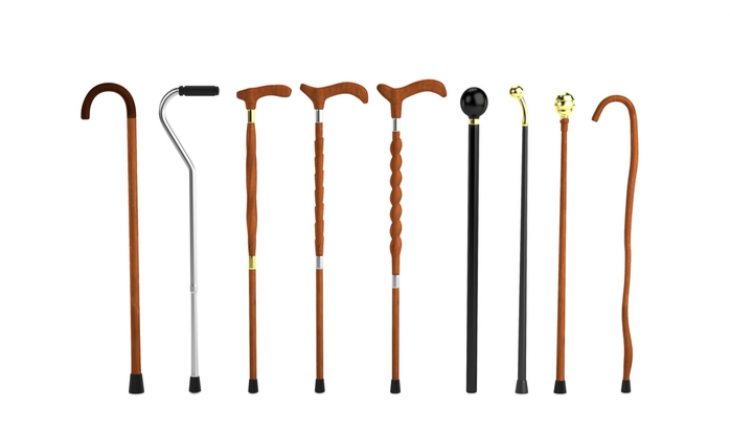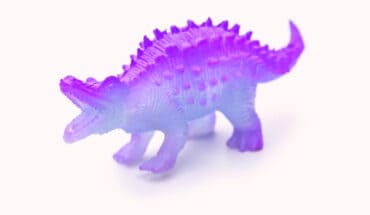Research recently published in The Journal of Physiology has found that elderly people walk at a slower speed and tire more quickly because of loss of strength and mass in leg muscles. Using computer simulations they found that these physiological changes explain the slower walking speed preferred by the elderly, and that a focus on building up these leg muscles may be the only effective way to improve elderly walking.
Walking performance, measured in terms of energy efficiency – i.e. how far one can travel per calorie consumption – and walking speed, has been shown to decline as people get older. The reason for this decline is unknown as ageing produces a range of physiological changes which affect gait (a person’s manner of walking), but are hard to study individually.
This decline in walking performance can lead to a less active lifestyle worsening the health of elderly people and is directly linked to a lower 10-year survival rate for people at age 75. The findings of this study suggest that a focus on building up muscles in the legs may be the only effective way to improve elderly walking. In other words, improving other features such as joint flexibility or walking strategy would not help normal elderly people to walk better.
The research conducted at Carnegie Mellon University used computer simulations to generate physiologically and physically plausible walking behaviors in order to predict how physiological changes affect gait. The computer model consisted of a musculoskeletal system, which was designed based on human physiology, and a neural controller, which drives the musculoskeletal system to generate behaviors and has demonstrated a state-of-the-art prediction level in previous works. The physiological causes of the declined walking performance were searched by selectively ‘ageing’ the neuro-musculo-skeletal properties of the model (for example, changes in body mass distribution, a range of joint motions, and neural transmission delay and noise), and only the aging in muscle properties resulted in a decline in walking performance.
Given that this was a simulation study the results are based on assumptions that may limit its predictive capabilities as it simplifies the human locomotor system and relies on a hypothesized neural control circuitry.
Seungmoon Song, the first author of the study said, “In the long term, we plan to extend the predictive capability of our neuromechanical simulation framework, for example, to analyze pathological gaits after stroke or spinal cord injury and to prescribe optimal treatment.”
- Gut microbiome could delay onset of type 1 diabetes - 3rd April 2025
- The da Vinci 5 Robot Is Set To Transform Bariatric Care: - 31st March 2025
- Beyond money: the hidden drivers fuelling child food insecurity - 31st March 2025






